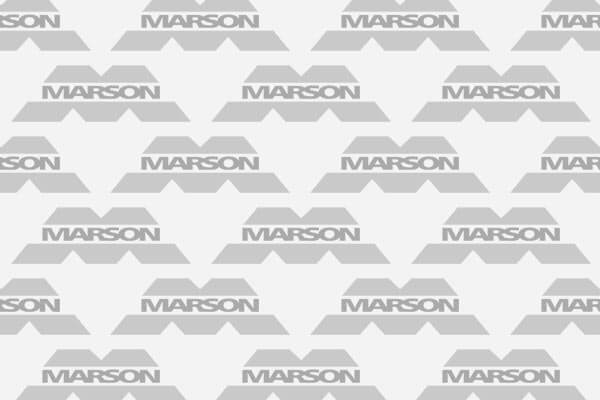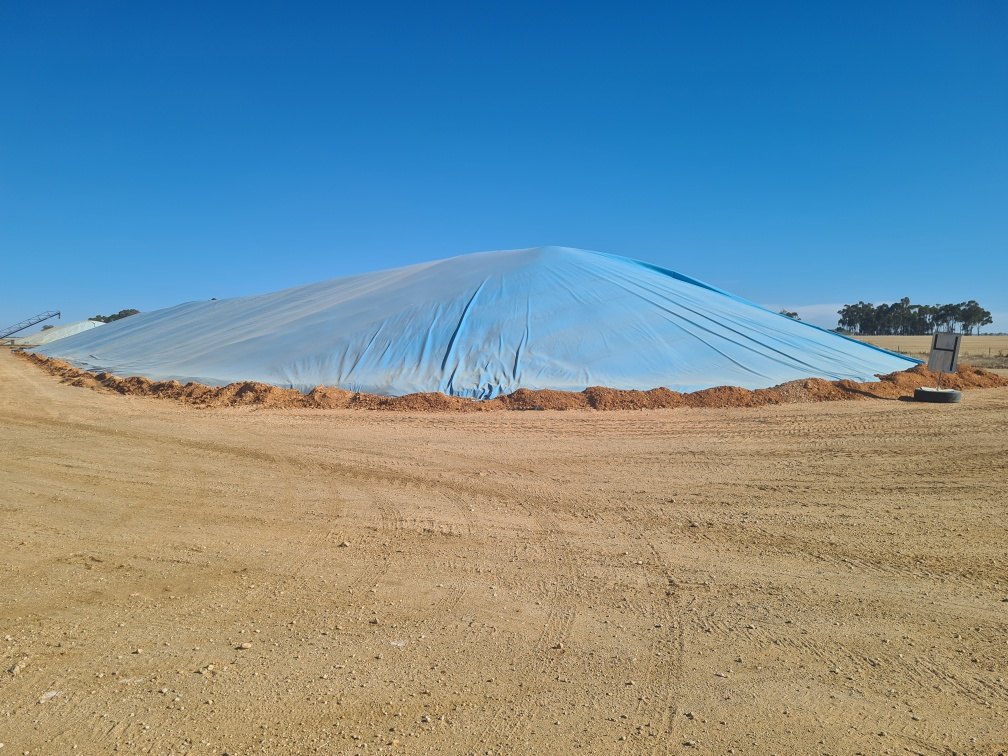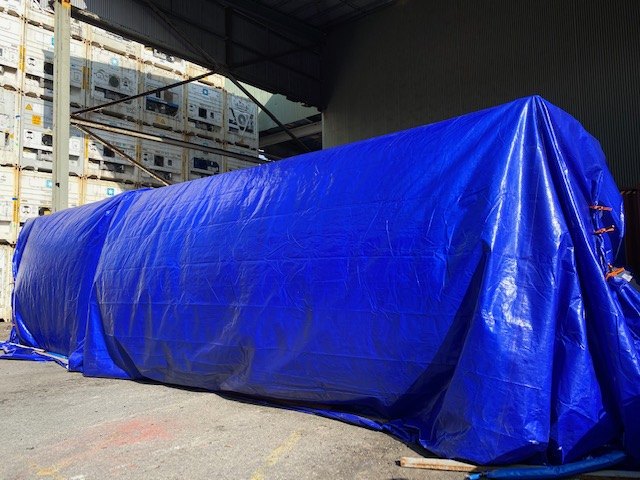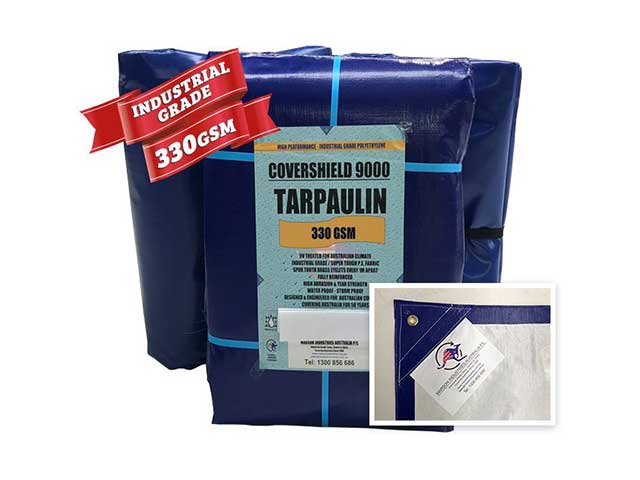Tarps, Covers & Liners. Industrial Textile Fabrication.

As a business owner or factory foreman, you know that bunding is the only way to minimize the risk that hazardous chemical liquids can have when they leak. Even in the cleanest workplace or in the most efficient workplace, things can happen to containers which can cause small leaks to occur.
The 5 spill containment bund types available help ensure that leaks are contained before any serious damage can be done. In most cases, EPA regulations dictate what types of bunds your company needs. Bunds prevent costly repairs or damage that could inflict harm to the environment at large.
Chances are your company will not have to worry about leaks or floods, but preparation is essential. The fact is that bunding is not difficult to construct and spill containment is not expensive. There are plenty of different types of bunding which you can use based on the type of liquids or chemicals your are storing.
Keys to Containment
You already know that there are requirements you must adhere to regarding the containment of hazardous liquids and chemicals. Still, make sure you have a procedure in place for training all new employees as well as training that refreshes the minds of your existing employees.
Everyone must understand the importance of doing routine inspections of pumps, hoses, pipes, and valves. The moment any drips or small leaks are noticed, there must be an appropriate measure taken to address the issue.
For this reason, you will want to have emergency spill containment equipment like socks or absorbent mats nearby. Make sure everyone knows standard operating procedures as well as those to use when there is an emergency leak or spill.
There may be times that fire extinguishers are needed, so everyone must be skilled in handling these as well as the equipment that can help contain a spill in the event it occurs.
The 5 Spill Containment Bund Types You Should Be Aware Of
- 1 – Bund Walls and Floors
Bund walls and floors have to be made of a sturdy material which can prevent the chemical contained within from migrating outside of the bund. In the event the bund does begin to leak or show signs of being compromised, it is essential to have special kits available to quickly put an end to any of those leaks growing.
This is where a portable kit on wheels is useful. The moment an employee notes the leak, the kit can be accessed and brought to the precise area of the leak. The supplies inside what is usually a brightly coloured bucket include absorbents in the form of socks and mats to pick up oil, coolant, solvent or water.
These are easy to use, affordable and lightweight. Disposal bags are also included to make the clean-up process easier until repairs can be started.
- 2. Drum Bund or Package Storage Drainage Ramps
Drum bunds often get moved and when they are stored, they have to be protected from spills. all. Install specially designed polyethylene containment ramps. You can buy as many as you need and they can be arranged and installed to meet the needs of the space at hand.
- 3. Pipe or Pump Bunding Facilities
Facilities where there are pipes and pumps have to be set up in a way that keeps leaks from escaping the bund. Pumps must still operate even when full of liquids. When pumps must be used to get rid of flammable liquids they must, of course, be flame-proof.
Specially made absorbent pillows are excellent products for mopping up any spillage thoroughly. These are chemically resistant so that they will not cause the dripping chemical or liquid from reacting in a manner that may cause more safety hazards. Polypropylene towels and mats can also be used to get all oils, water or solvents mopped up. These can keep the surrounding floor dry and safe.
- 4. Tank Storage Bunds
Tanks must hold a capacity of the bunded compound of 100 percent of the largest tankís net capacity. They have to allow for natural rainfall and be reinforced sufficiently. To ensure protection make sure that you treat any inter-connected tanks as one single bund for the purpose of meeting regulation criteria.
Your employees can make use of many spill containment products to protect any leakage from growing. Absorbent mats made for solvents, chemicals and oils can be obtained in various sizes. Some of them are capable of being cut into different sizes to place beneath any areas following a leak or spill. They are usually treated in such a way that they prevent any static generated fuel explosions.
- 5. Earthen Storage
These are not the most highly recommended bunds, but if you have no alternative, you can follow the EPA regulations to ensure that vegetation is protected. These typically need to be much wider than they are higher. To facilitate immediate spill cleanup, you can install containment ramps.
If you are looking to create a bund out of necessity due to new regulations, you know that you must consider carefully from among the 5 spill containment bund types described above. When you find types that are right for the area in which you work make sure to obtain any required authorization prior to construction. Always consider the chemicals, oils, liquids or solvents you are storing as well and keep cleanup supplies on hand to keep your environment safe.
Share this post



